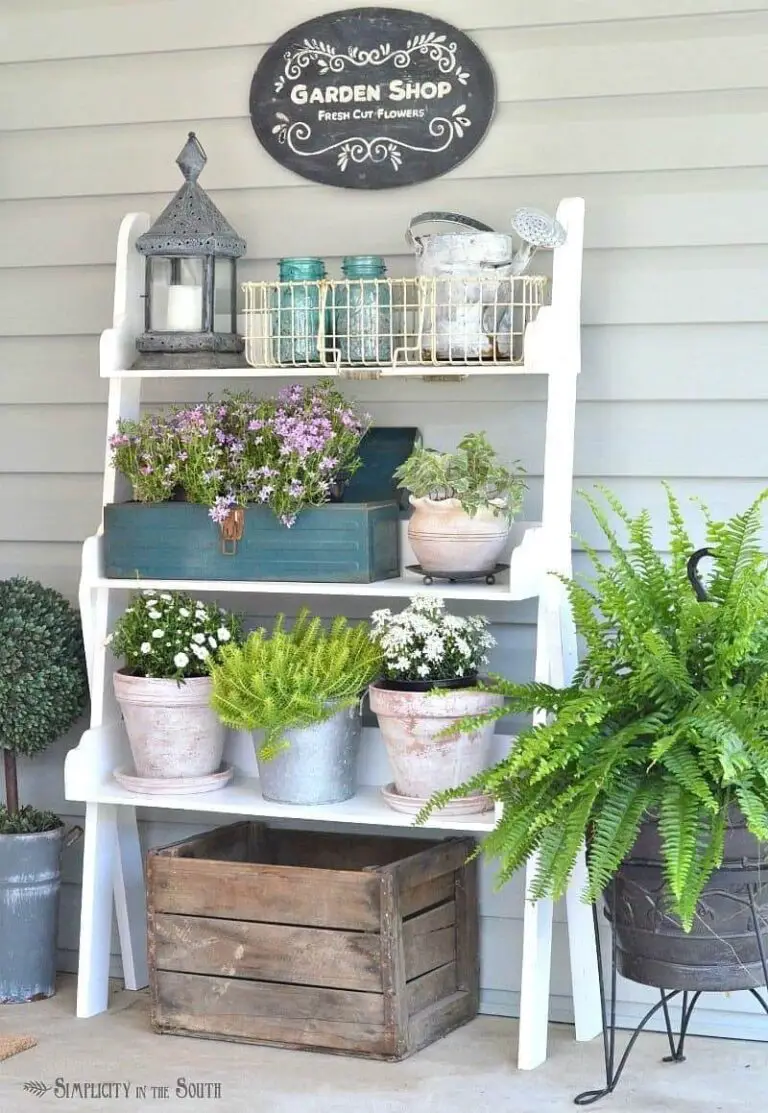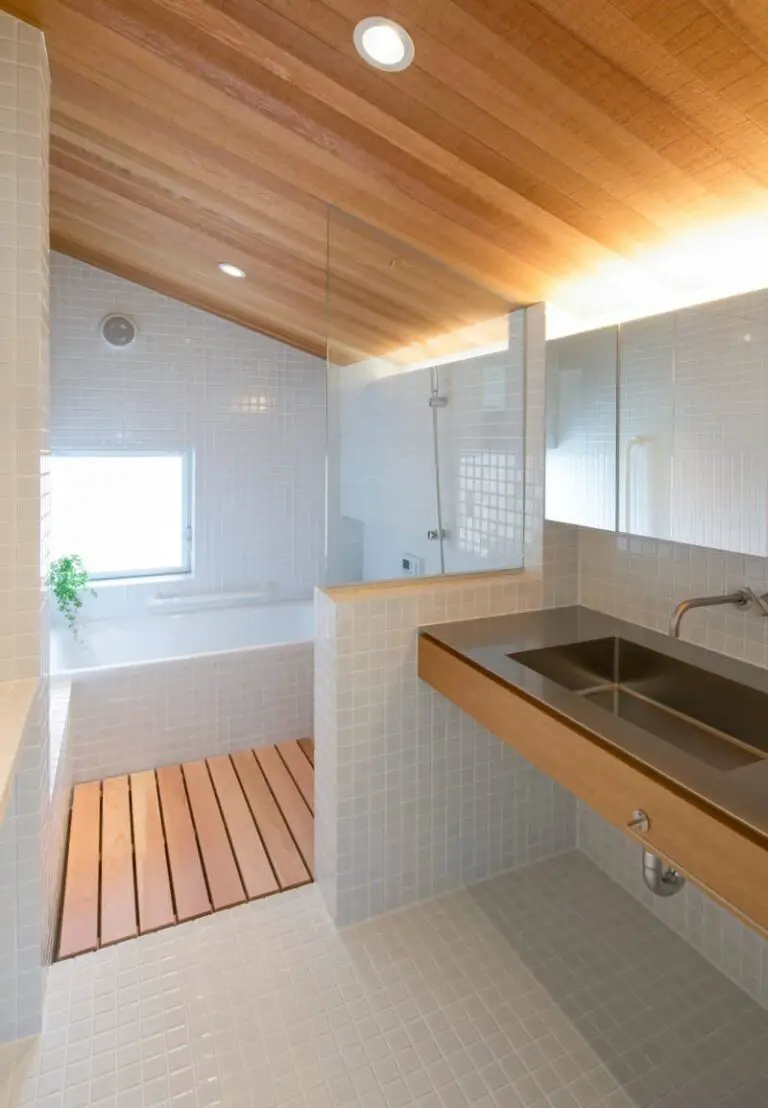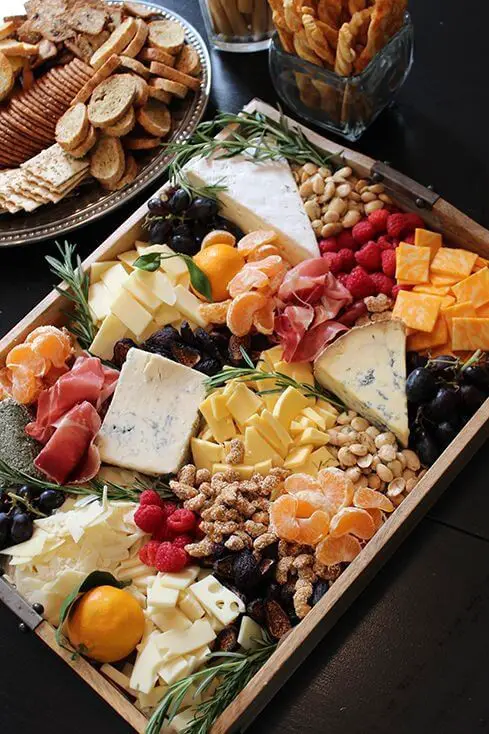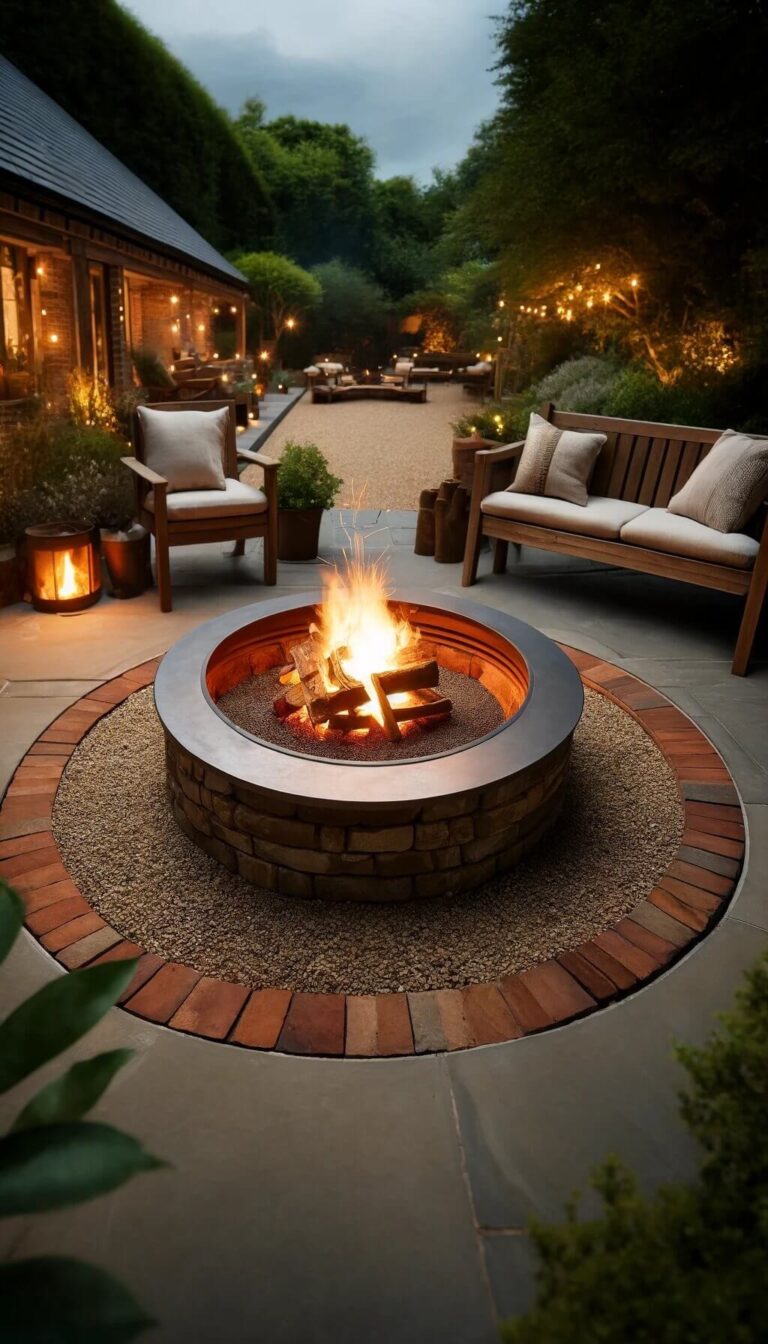38 Parts Of A House: A Guide To The Rooms In Your Home
As you navigate your home, have you ever stopped to think about the various components that make it tick? From the foundation up to the roof and all the way down to the smallest details, each part plays a crucial role in creating the comfortable and functional space we call home. In this article, we’ll take a closer look at the different rooms within your house, exploring their intended uses and key features.
Whether you’re a homeowner looking to familiarize yourself with your new property or simply curious about the intricacies of residential design, this guide aims to provide a comprehensive overview of all things ‘house’.
Structure
The foundation of any home lies in its structural framework, which provides the underlying shape and support that defines its overall architecture. This fundamental component comprises the walls, floors, ceiling, and roof, all working together to safeguard the dwelling from external forces. Furthermore, windows and doors play a crucial role within this structure, allowing natural light and air to enter the space while also serving as portals for human movement.
Foundations
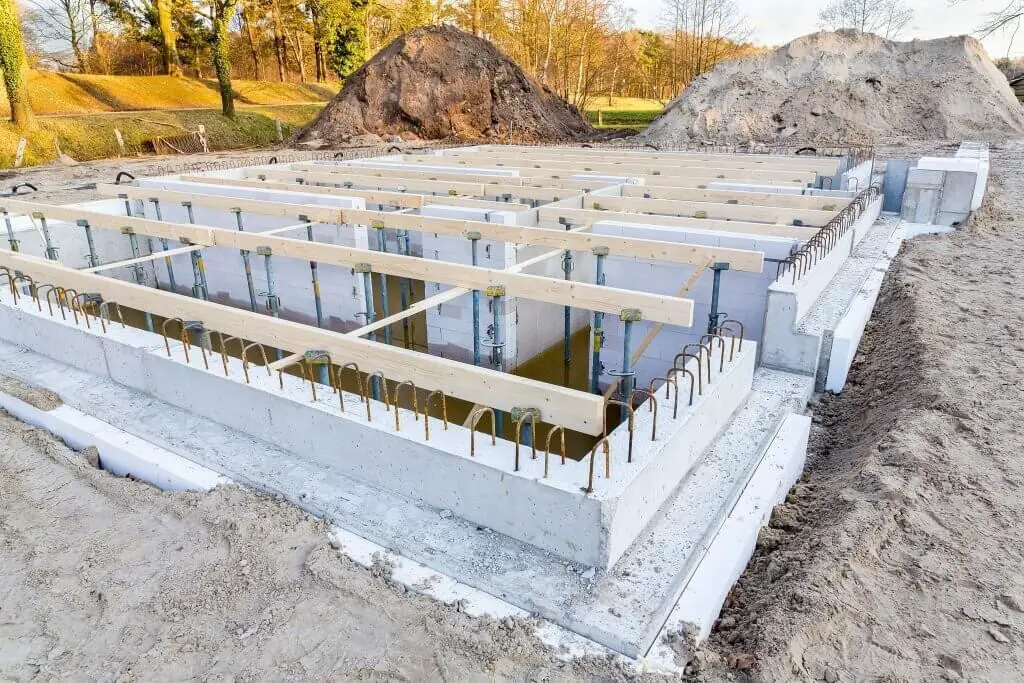
A house’s foundation is its backbone, responsible for bearing the weight of the structure and preventing settling or shifting over time. Typically constructed from materials such as concrete, stone, or brick, the type of foundation employed depends on local soil conditions and climatic factors. For instance, regions with heavy rainfall require a distinct type of foundation compared to areas with minimal precipitation. Similarly, foundations must be designed to withstand extreme temperatures.
Crucially, a foundation’s levelness is paramount, as any deviation from flat will ultimately lead to uneven house settling and cracking.
Frame
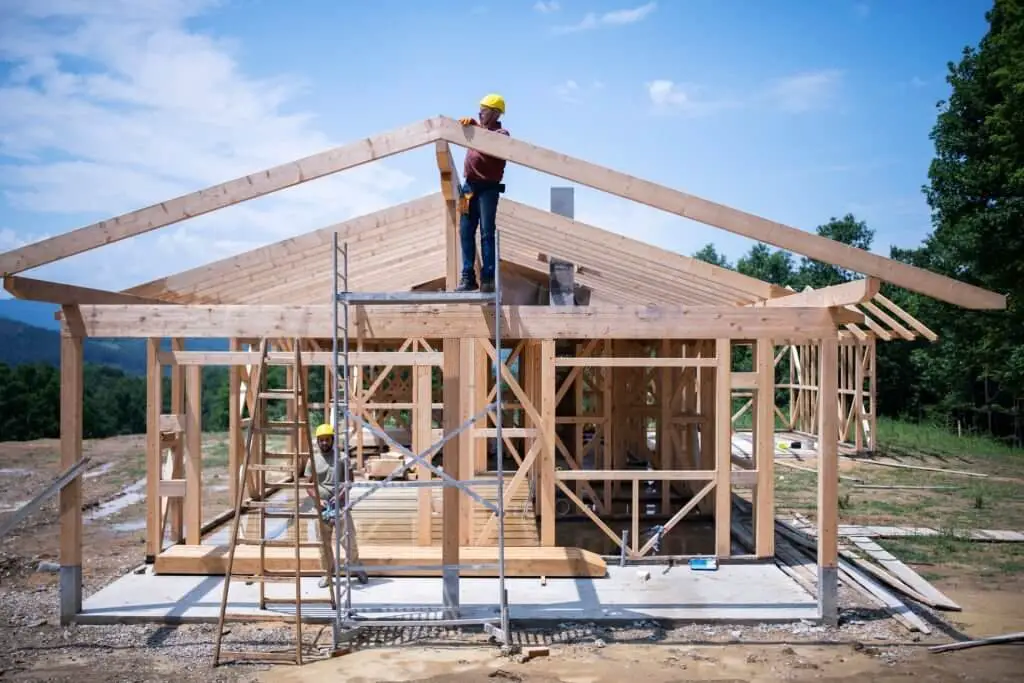
The underlying framework of a house is crucial in defining its shape and providing structural integrity. The trifecta of rafters, studs, and joists work in harmony to form the frame, which must be robust enough to withstand the cumulative weight of the roof, walls, and floors. Inadequate framing would compromise the very foundation of the house, rendering it susceptible to collapse.
Roof
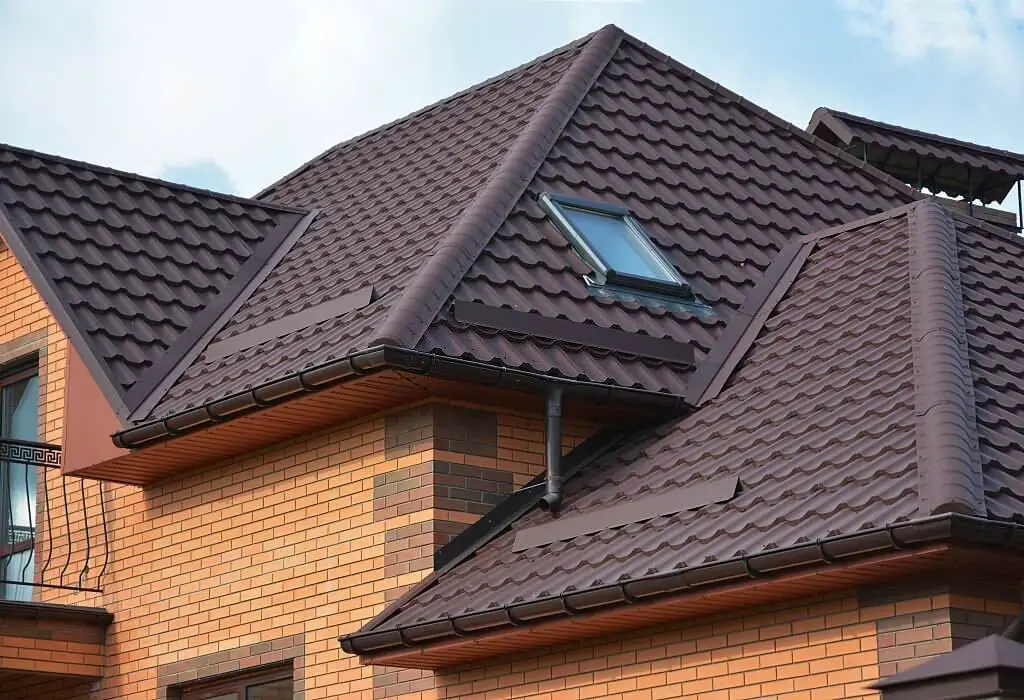
The roof is a crucial component of any house’s structural framework. Its primary function is to shield the interior from external elements such as rain, snow, and sunlight. Additionally, it must be able to withstand potential debris that may fall upon it, thereby preventing collapse. A strong and sturdy roof is essential for ensuring the overall integrity of your home. There are numerous types of roofs available, each with its unique characteristics, advantages, and disadvantages.
It’s vital to conduct thorough research before making a decision to ensure you select the most suitable option for your needs. Furthermore, proper ventilation plays a significant role in maintaining a comfortable indoor climate. Adequate ventilation helps regulate temperature fluctuations between summer and winter, while also preventing moisture buildup that can lead to mold and mildew growth.
By considering these factors, you can create a roof that not only protects your home but also enhances its livability.
Finish
Finished Floors
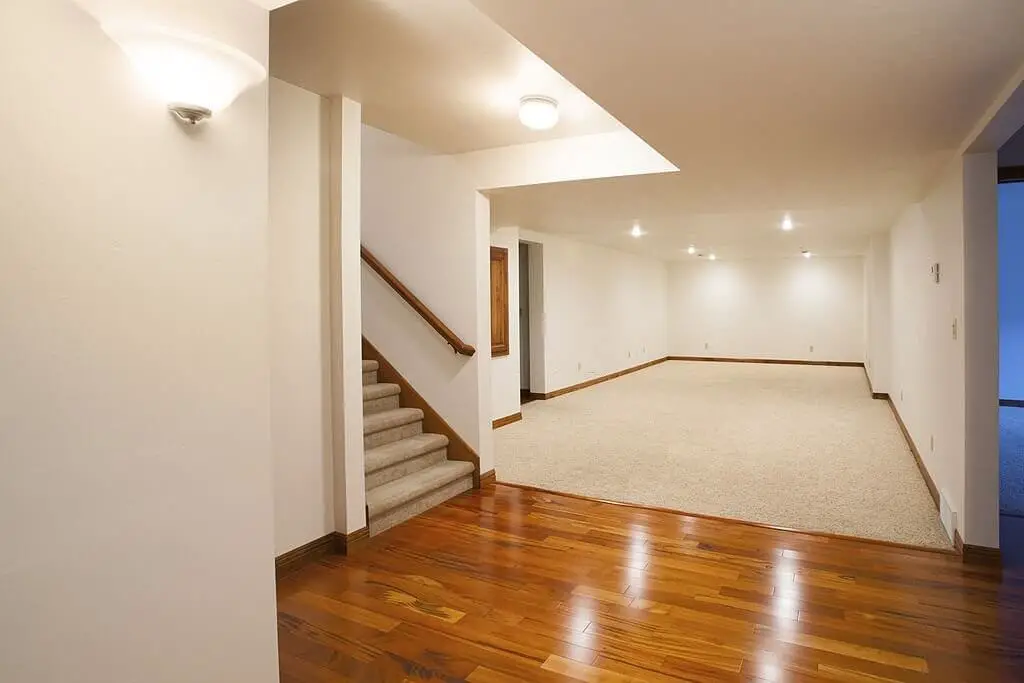
To complete the finishing process of your floors, you’ll need to apply a topcoat. This layer serves as a protective barrier against scratches, spills, and fading, while also adding a rich sheen to the surface. When selecting a topcoat, make sure it’s compatible with your specific flooring type. After application, allow the topcoat to dry completely before introducing foot traffic or placing rugs and mats in high-traffic areas.
Regular cleaning is also essential to maintain the appearance of your floors. By following these simple steps, you’ll be able to enjoy your newly finished floors for many years to come.
Siding
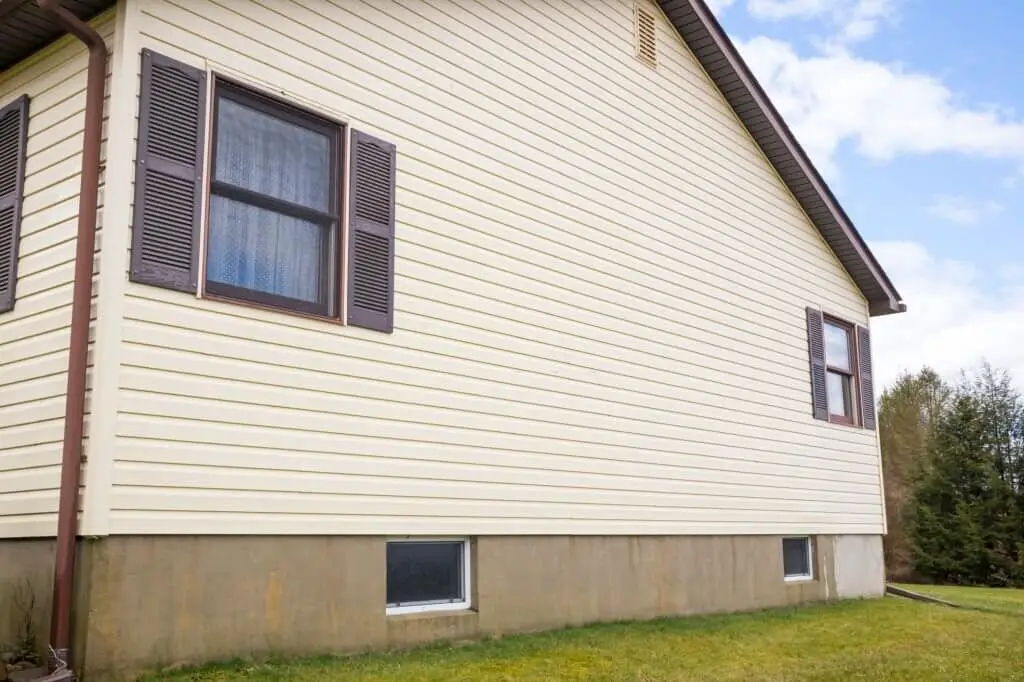
The outer layer of a house, often referred to as siding, plays a crucial role in shielding the structure from environmental factors such as rain, wind, and sunlight. The vast array of siding options available today, including vinyl, aluminum, and wood, each boasts unique advantages. While selecting the ideal siding for your home is vital, it’s equally important to prioritize its upkeep.
A regular cleaning and maintenance routine can significantly prolong the lifespan of your siding, ensuring it remains aesthetically pleasing and functional.
Gutters
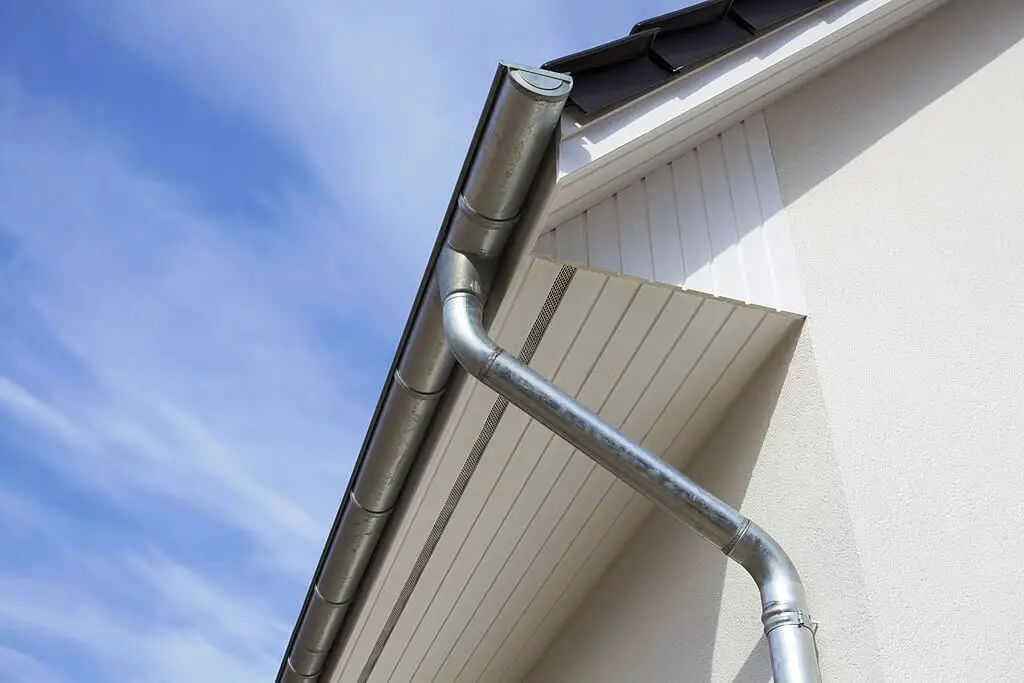
The humble gutter is often overlooked, yet it plays a crucial role in protecting the foundation of any house. Without this vital component, rainwater can seep into the ground, causing the foundation to crack and potentially leading to costly repairs. Moreover, a gutter prevents rainwater from pooling around the base of the house, which can result in flooding and structural damage.
There are two primary types of gutters: seamless and sectional.
Seamless gutters are crafted from a single, continuous piece of material, whereas sectional gutters comprise several pieces joined together. While seamless gutters may be more prone to leakage, they offer greater durability than their sectional counterparts. However, the added expense may deter some homeowners.
Gutters can be fabricated from various materials, including aluminum, PVC, and copper.
Aluminum gutters are the most widely used due to their lightweight nature and affordable price tag. PVC gutters also enjoy popularity for their ease of installation and minimal maintenance requirements. Copper gutters, while the most expensive option, boast exceptional durability.
Fascias and soffits
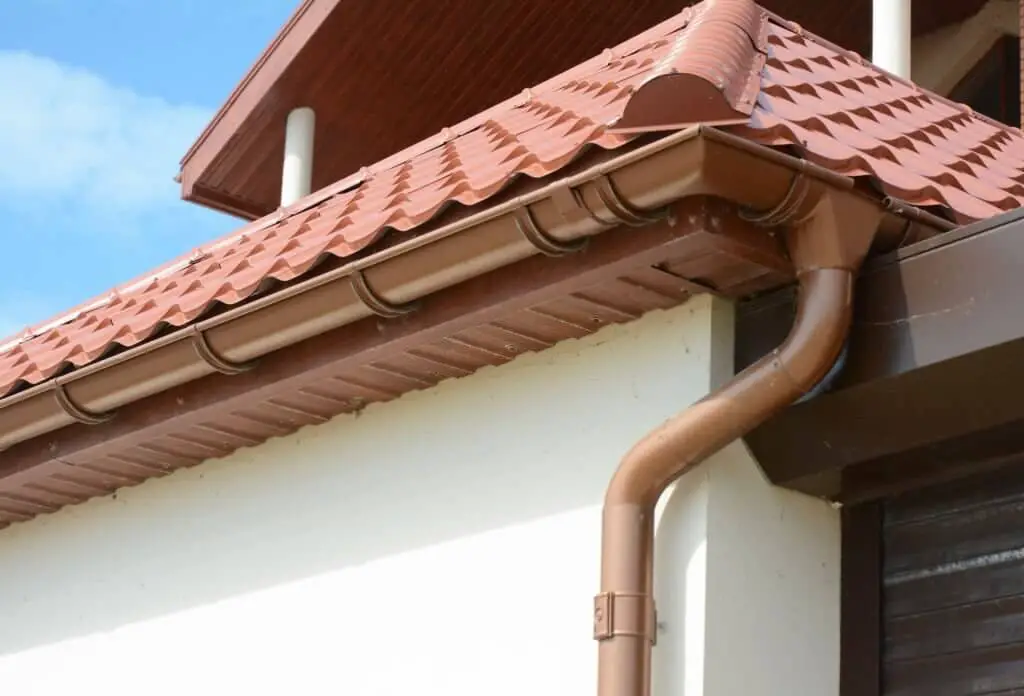
The crowning glory of any roofline is the humble fascia and soffit combination. These elements not only shield your home from the elements but also add a touch of visual finesse to its exterior. Here’s a concise overview of what these components entail.
Fascias are the horizontal boards that traverse the length of your roof, providing structural support for roofing tiles while safeguarding rafters from weather-related damage.
Traditionally crafted from wood, UPVC fascias have gained popularity in recent times.
Soffits, on the other hand, bridge the gap between the fascias and your home’s wall. These boards facilitate ventilation within the roof space, thereby preventing moisture buildup and dampness. Like their fascia counterparts, soffits are typically made from wood, although UPVC alternatives exist for those seeking a low-maintenance solution.
Interior carpentry
Interior carpentry encompasses the precise fitting and installation of indoor woodwork, including doors, windows, stairs, and moldings, as well as the finishing of drywall, plaster, and other materials. This skilled trade requires a unique blend of physical strength, stamina, and extensive experience. To become an accomplished interior carpenter, one typically begins their journey as an apprentice, working under the guidance of seasoned journeymen for four years.
Through a combination of on-the-job training and classroom instruction, apprentices develop the expertise necessary to excel in this demanding field. Upon completing their apprenticeship, many carpenters transition into independent practitioners or join contracting companies, honing their skills as journeyman.
Drywall
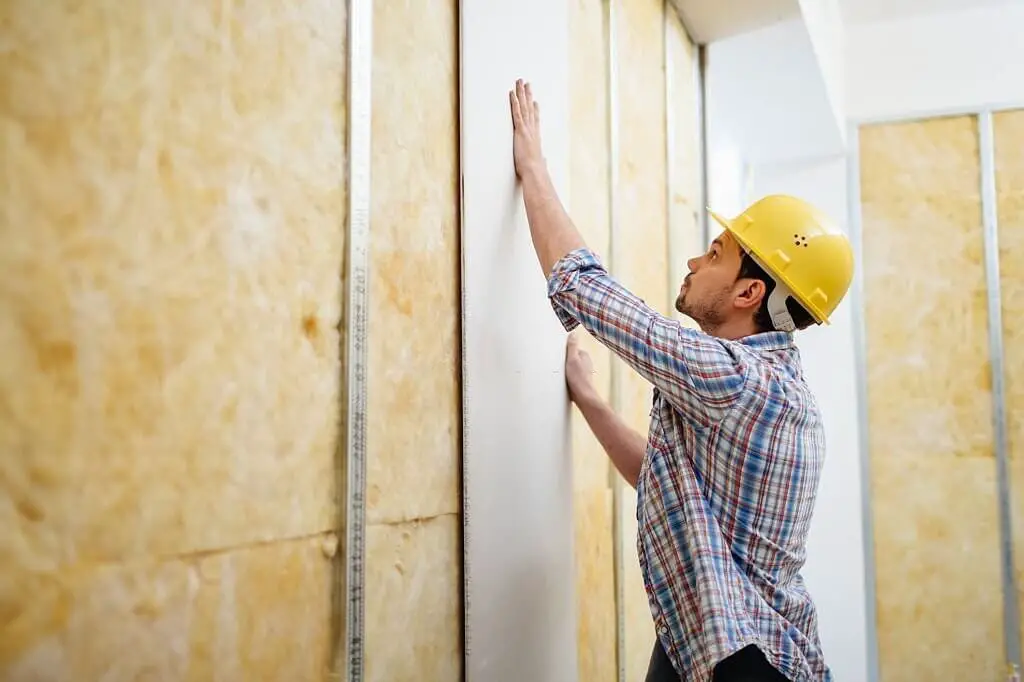
Drywall, also known as plasterboard or gypsum board, is a versatile construction material used to create walls and ceilings. Its composition consists of panels of gypsum plaster sandwiched between two layers of heavy paper. This unique combination provides a durable and fire-resistant building material. With its widespread application, it’s no wonder that drywall is often referred to by various names, including wallboard or gypsum board.
When it comes to thickness, drywall is available in various sizes, with the most common being 1/2 inch. The versatility of this material lies in its ability to be attached to studs or joists using screws and nails, making it a popular choice for both ceiling and wall applications.
To ensure a seamless finish, the seams between sheets of drywall are typically finished with either paper or mesh tape, followed by the application of joint compound.
Once the joint compound dries, it’s sanded smooth and painted to complete the look.
Functions
Electrics

Electricity plays a vital role in modern homes, enabling us to enjoy the conveniences we take for granted. Without it, our daily lives would be significantly altered. At the heart of every household are three primary types of electrical circuits: lighting circuits, power circuits, and earthing and bonding systems.
HVAC
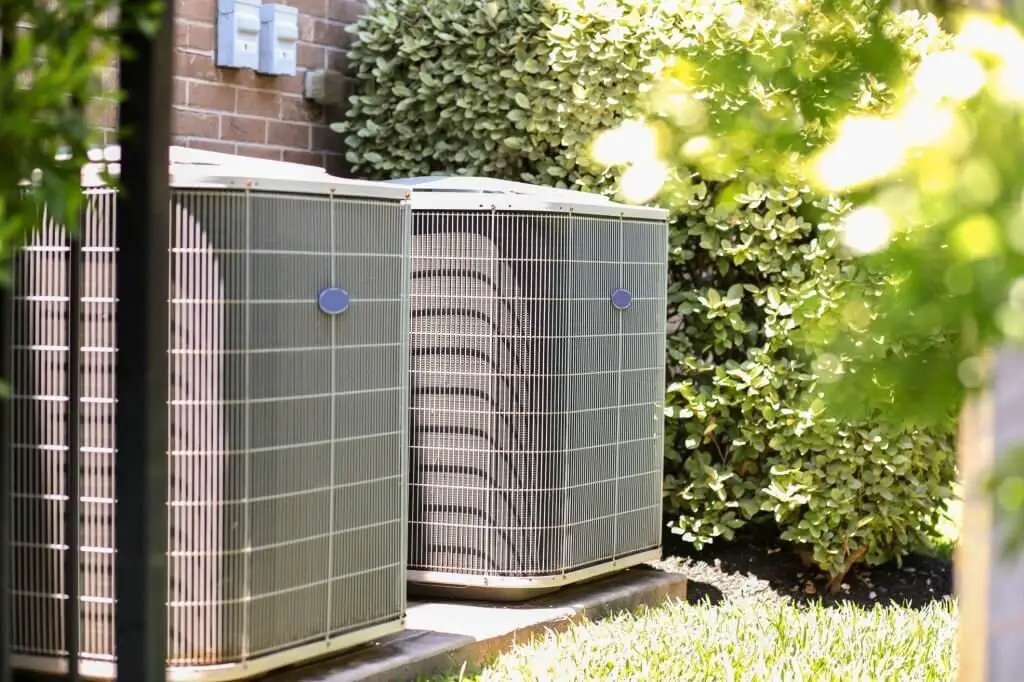
Heating, ventilation, and air conditioning (HVAC) systems are a crucial component of most homes. These systems provide warm or cool air to the house through a network of ducts. The furnace typically generates warmth, while the air conditioner produces cool air. Some homes may also feature heat pumps that can handle both heating and cooling tasks. To ensure optimal performance, HVAC systems require regular maintenance.
This includes tasks such as replacing air filters, having ducts cleaned, and scheduling annual tune-ups for the furnace or air conditioner. By prioritizing these simple steps, homeowners can enjoy years of comfortable indoor temperatures.
Plumbing
A well-functioning plumbing system is crucial for any household. It ensures a steady supply of clean drinking water and efficiently removes wastewater from sinks, toilets, and showers. The system comprises three primary components: pipes, fixtures, and drains. Pipes, typically made of metal or plastic, transport water throughout the home, varying in size to accommodate different needs.
Fixtures are the points where we utilize water, such as sinks, toilets, or showers, while drains eliminate dirty water from the premises. The synergy between these elements guarantees a constant supply of clean water and efficient waste disposal. However, if any part of the plumbing system malfunctions, it can lead to numerous issues at home. Therefore, it is essential to maintain all components in good working condition to prevent problems.
Windows
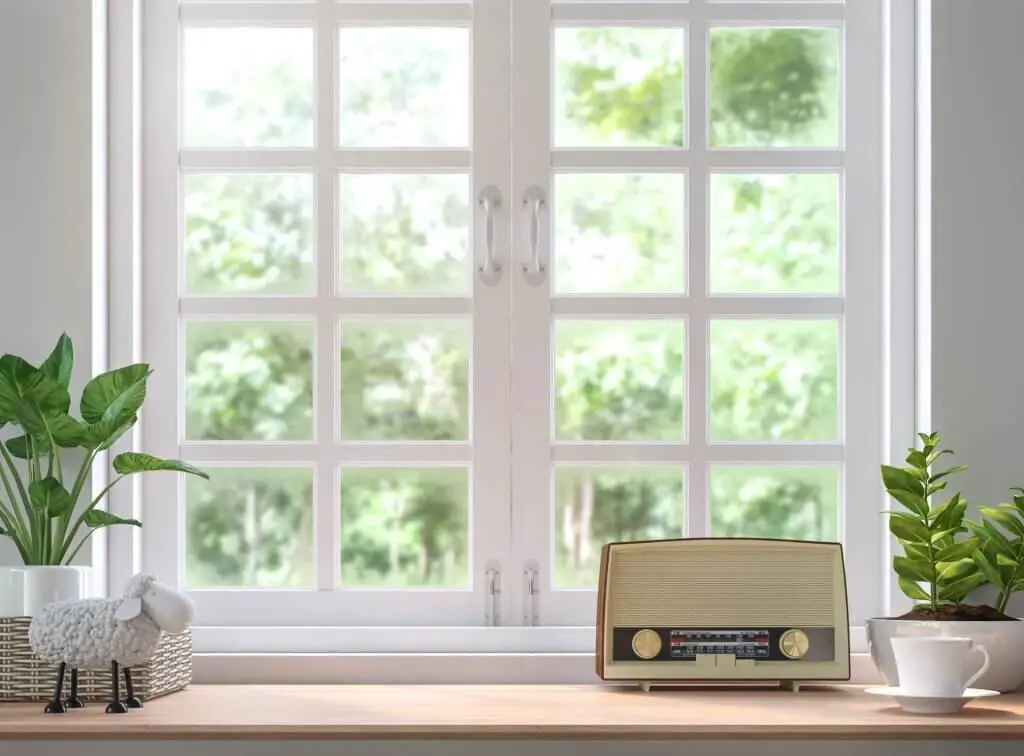
Windows play a crucial role in shaping the ambiance and functionality of a home. Not only do they allow natural light and ventilation to flow in, but they can also significantly impact the overall sense of space and openness within a room. There are three primary types of windows: casement, sash, and skylight, each serving its unique purpose.
Casement windows, with their hinged design, swing outward when opened, making them an ideal choice for bedrooms and bathrooms where a gentle breeze is appreciated. Typically installed in pairs, they provide an effective means of enhancing the sense of calm within these intimate spaces. Sash windows, on the other hand, consist of two interlocking panels: the upper sash remains stationary, while the lower one glides effortlessly up and down.
This design makes them particularly suitable for living rooms and dining areas where a seamless transition between indoors and outdoors is desired. Skylights, cleverly integrated into ceiling spaces, are instrumental in infusing rooms with an abundance of natural light. They’re an excellent solution for kitchens, bathrooms, or any space that requires an extra boost of illumination, ultimately contributing to a brighter, more inviting atmosphere.
Doors
Doors play a crucial role in maintaining the comfort, security, and overall functionality of a house. By serving as a barrier against extreme temperatures, precipitation, and unwanted intruders, doors serve as a vital component of home design. At their core, all types of doors share three fundamental components: the frame, the door itself, and the hardware.
The frame is the structural element that anchors the door to the surrounding wall, while the door itself is the movable panel that swings open and shut. Meanwhile, the hardware comprises the doorknob, hinges, and other essential parts that facilitate smooth operation and secure closure.
Porch
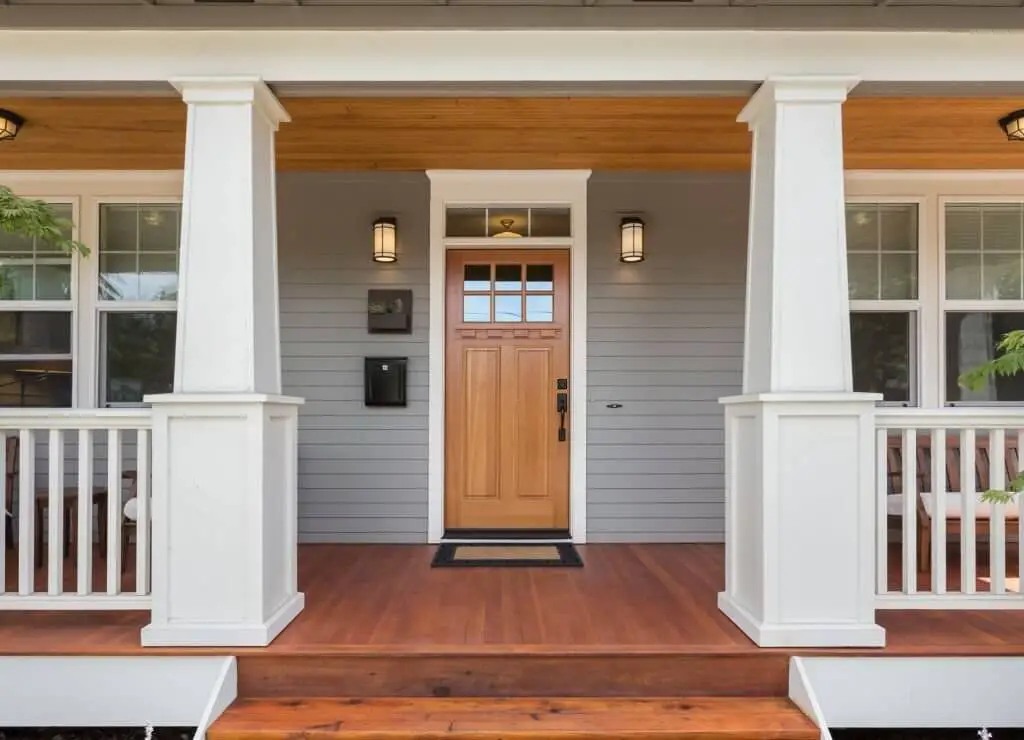
A porch is an exterior structure attached to a building, often serving as an entryway or recreational space. Its design can range from open and unobstructed to fully enclosed, with porches typically situated at the front or rear of a house. In some cases, a porch may be located on the second floor, in which case it’s commonly referred to as a balcony. These structures are often furnished with seating and tables, allowing homeowners to relax or entertain guests.
The term ‘porch’ originates from the Latin word porticus, meaning a colonnade or archway. In America, the first porches emerged during the 1600s, when colonial settlers built them. Porches gained immense popularity in the United States during the Victorian era and became an integral part of American homes by the early 1900s. Today, they remain a sought-after feature on many homes, with options to screen or fully enclose them for added living space.
Porches offer an ideal balance between enjoying the outdoors while being protected from the elements, as well as providing a value-adding amenity and hosting space for social gatherings. For anyone considering adding a porch to their home, consulting with a professional is essential to ensure a proper and enduring construction.
Deck

A deck is a versatile outdoor space that can be crafted from wood, composite materials, or stone, offering a range of design options. Typically attached to a house, decks serve as an extension of the indoor living area, providing ample space for relaxation, entertainment, or simply enjoying nature’s beauty. In some cases, decks can also exist independently, free-standing and unattached to any structure.
To ensure safety and security, decks often feature railings, which not only provide physical barriers but also enhance the overall aesthetic appeal.
Patio
An outdoor sanctuary, patios are an integral part of many residences, serving as a hub for dining, relaxation, or recreation. The term ‘patio’ originates from Spanish, where it translates to ‘back yard’ or ‘garden’. Often used synonymously with porch or veranda, this versatile space can be designed to seamlessly blend with its surroundings. A covered patio, in particular, offers the perfect solution for extending one’s living area while providing a shield from the elements – sun and rain alike.
Fence
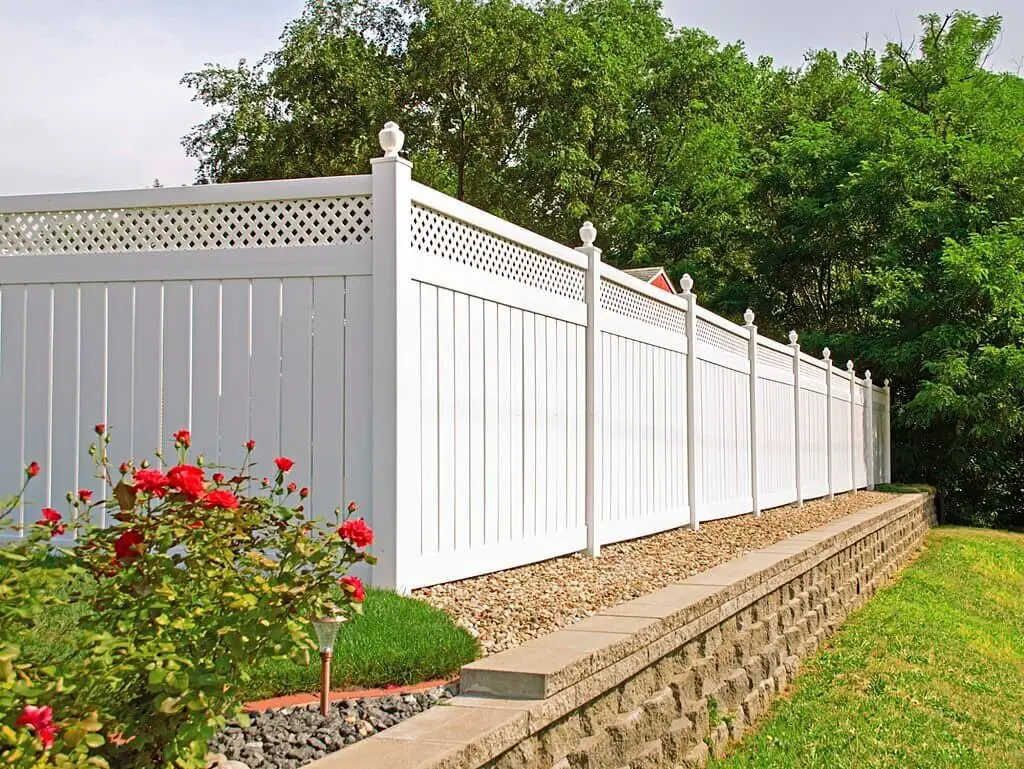
Fences are versatile structures that can serve various purposes. While most people associate fences with enclosures, they can also be a means of decoration or boundary demarcation. The material used to construct a fence can vary greatly, ranging from traditional wood and metal to modern vinyl options. Beyond their shared purpose, different types of fences cater to distinct needs. For instance, privacy fences prioritize seclusion by keeping people or animals at bay.
In contrast, picket fences are designed to visibly mark property boundaries. Meanwhile, security fences are typically taller and made from robust materials to deter unwanted intruders.
Path
The concept of a path in the context of a house refers to the routes that connect various rooms or span from the entrance to the backyard. Additionally, it encompasses terms like driveways and sidewalks. These paths can be constructed using a range of materials, including concrete, brick, stone, gravel, and dirt. In urban settings, sidewalks are designated pathways along roads meant for pedestrian use, typically made of concrete or asphalt.
Conversely, driveways serve as the entry points from public roads to parking areas or garages, with concrete and asphalt being the most prevalent choices. This diversity in path types underscores their importance in facilitating smooth navigation and enhancing overall residential functionality.
Letterbox

A letterbox, also referred to as a mailbox, serves as a receptacle for collecting incoming mail at both residential and commercial properties. Typically situated near or attached to the main entrance, these structures are designed to securely store postal items until they can be retrieved by their intended recipients. The different types of letterboxes include wall-mounted, drop box, through-the-door, and curbside units, each offering unique features and advantages for mail collection.
Chimney
A chimney is a crucial structure that enables the safe release of hot gases and smoke from fireplaces, stoves, boilers, or furnaces. The term ‘chimney’ originates from the Latin word for hearth, ‘focus.’ Constructed from materials like brick, stone, metal, or others capable of withstanding high temperatures, a chimney plays a vital role in creating draft.
This draft is generated by the temperature difference between the hot gases inside and the cooler air outside.
As these gases ascend up the chimney due to their lower density compared to the surrounding air, they create a partial vacuum or low-pressure area at the base of the structure. This fundamental process ensures efficient exhaust and maintains a safe living environment.
Wall
The foundation of any dwelling lies in its walls, which serve as the backbone of the structure. These vertical barriers play a crucial role in providing stability and protection to the home. Without them, the house would be left vulnerable to the whims of nature and unwanted invaders alike. The wall’s inherent strength allows it to shield the interior from external threats like inclement weather and pesky pests, thereby safeguarding the integrity of the property.
Ceiling
In architectural terms, ceilings are a crucial aspect of home design. Not only do they add character and style to our living spaces, but they also serve as a barrier against the elements. With a wide range of materials available – from wood and plaster to metal and even glass – ceilings can be tailored to suit individual tastes. Whether understated or ornate, well-crafted ceilings have the power to transform the ambiance of any room.
Stairs
While stairs may not be the most glamorous feature of a home, they play a crucial role in connecting different levels and facilitating movement within and around the property. Whether indoors or outdoors, stairs are an integral component that demands attention to detail and proper construction to ensure the safety of users.
Balcony
Small yet elevated, balconies are platforms that protrude from the exterior of a building, typically enclosed by a railing and accessible via stairs or a doorway. This architectural feature can be spotted on various structures, ranging from residential properties like homes and apartments to commercial establishments such as hotels and office buildings.
Gate
Gates are structures designed to provide controlled access through fences or walls. Typically crafted from materials such as metal, wood, or stone, they offer a vital function by allowing for selective entry and exit points.
Rooms
Attic
At the top of every house lies the attic, a space that’s often left unfinished and utilized for storing various items. However, this uppermost region can also be transformed into a cozy living area, depending on your needs and preferences. Before you make any decisions about utilizing your attic, it’s crucial to thoroughly explore its layout, condition, and potential.
Kitchen
At the core of every home lies the kitchen, a hub where memories are created, meals are savored, and connections are forged with loved ones. As a space that also hosts social gatherings and impromptu get-togethers, it’s crucial to have a kitchen that seamlessly blends form and function.
The various components that comprise this vital room each contribute significantly to the overall aesthetic and usability, making careful consideration of these elements essential for creating an inviting and functional kitchen.
Dining Room
At the heart of every home lies the dining room, a space where memories are made and connections are forged over warm conversations and delicious meals. Strategically located near the kitchen, this versatile room is perfectly positioned to facilitate effortless meal service and seamless entertaining. The dining table takes center stage, serving as a hub for family gatherings, holiday feasts, and impromptu get-togethers.
Flanking the table are the chairs, carefully arranged to provide comfortable seating for guests. Additional amenities like buffets or sideboards can be cleverly incorporated into the room’s layout, further enhancing its functionality and charm.
Living Room
At the heart of most residences lies the living room, a space where families congregate and forge lasting memories. This central hub typically features a comfortable couch, chairs for lounging, a coffee table perfect for sharing stories or sipping beverages, and a TV for entertainment purposes. Some homes may also boast a cozy fireplace, adding warmth and ambiance to the space.
As the first room visitors encounter upon entering your home, the living room sets the tone for a welcoming and inviting atmosphere.
Bedroom
The bedroom, often considered the sanctuary of our daily routines, is a space that plays host to one-third of our waking hours. Typically, this intimate setting features a bed as its centerpiece, accompanied by a dresser, nightstand, and lamp. While some bedrooms boast generous closet spaces, others may opt for more minimalist approaches. Nonetheless, the bedroom remains a vital room in any household, serving as a haven where we recharge and rejuvenate after a long day.
Bathroom
The bathroom, often overlooked but crucial to our daily routines, serves as a sanctuary where we begin and conclude each day. It’s here that we can unwind and rejuvenate. A typical bathroom comprises several distinct elements, with the toilet being the most vital component. This private space allows us to attend to our personal needs without prying eyes. Next in importance is the sink, a hub for various activities like handwashing, facial cleansing, and toothbrushing.
Finally, the shower or bathtub provides a refreshing means of physical cleansing, rounding out this essential room.
Laundry room
In many homes, the laundry room serves as a crucial space where dirty clothes are transformed into fresh ones. This practical area typically features a washing machine and dryer, allowing homeowners to efficiently tackle their laundry needs. In some cases, the laundry room may also include a sink for those who prefer to hand wash certain items or for pre-treating stubborn stains.
Geographically speaking, the laundry room is often situated near the kitchen and bathroom, making it a convenient spot for tackling daily chores.
Basement
At the very foundation of any house lies the basement, serving as the initial structure upon which the entire dwelling is built. Comprising a sturdy blend of concrete and stone, this subterranean space is often partially or fully submerged beneath the earth’s surface. Characterized by its walls, ceiling, and floor, the basement provides a home for various essential systems, including the furnace, water heater, and electrical panel.
Additionally, it commonly serves as the storage hub for laundry facilities such as the washer and dryer. While some basements may be finished with insulation, flooring, and decorative elements, many others remain unfinished, providing ample space for storing household items.
Foyer
When guests arrive at your home, the foyer serves as the first and last point of contact, making it a crucial space that sets the tone for their entire visit. Not only does it need to be visually appealing, but it must also strike a balance between aesthetics and practicality.
Home office
As the digital age continues to evolve, the concept of a home office has become increasingly prevalent. This dedicated workspace within one’s residence serves as a haven for productivity, creativity, and efficiency. Typically, a home office is equipped with the essential tools of the trade: a desk, chair, computer, and often, a printer.
The proliferation of remote work opportunities has catapulted home offices into the spotlight, making them an attractive option for those seeking flexibility and work-life balance.
Nursery
Nurseries for small children are designed with whimsical illustrations and vibrant hues to create a soothing environment. At the heart of every nursery is the crib, where little ones will drift off to dreamland. Beyond the crib, essential components include a changing table and designated spaces for storing diapers, clothes, and other baby essentials.
Garage
The humble garage is often overlooked as a crucial aspect of a home’s infrastructure. Serving as a sanctuary for vehicles, tools, and projects in progress, it plays a vital role in everyday life. A well-organized garage can be a game-changer, streamlining tasks and reducing stress. With its versatility and functionality, it’s no wonder the garage is often considered an extension of one’s living space.
Conclusion
As our whirlwind tour of the main parts of a house comes to a close, it’s clear that each structure is comprised of more components than what we’ve explored thus far. However, this primer has laid the groundwork for further exploration and discovery. With your newfound understanding of the fundamentals, venture forth to encounter an array of unique dwellings, perhaps stumbling upon your ideal haven in the process.
Related Posts
Understanding how various components work together is crucial in designing and maintaining everyday objects. In this context, the importance of knowing the different parts that comprise a chair, door lock, shower, bathtub, and staircase cannot be overstated. From chair anatomy 101 to the intricacies of a door lock’s mechanism, grasping the functions and interactions of each component is vital for optimal performance and functionality.
The same principle applies to showers, bathtubs, and staircases – knowledge of their constituent parts allows for effective maintenance, repair, or even customisation. By exploring the various components that make up these everyday objects, we can gain a deeper appreciation for the intricate dance of parts that come together to create seamless user experiences.

